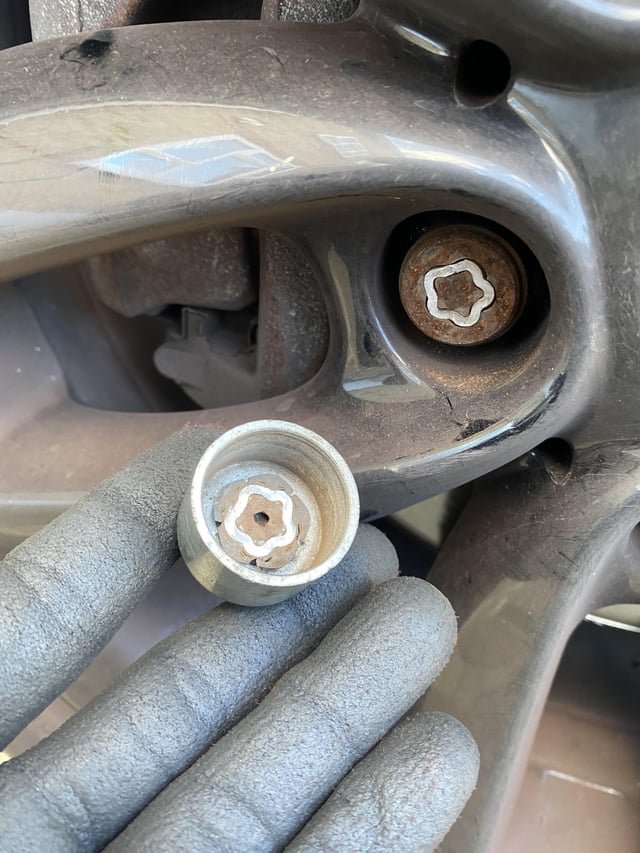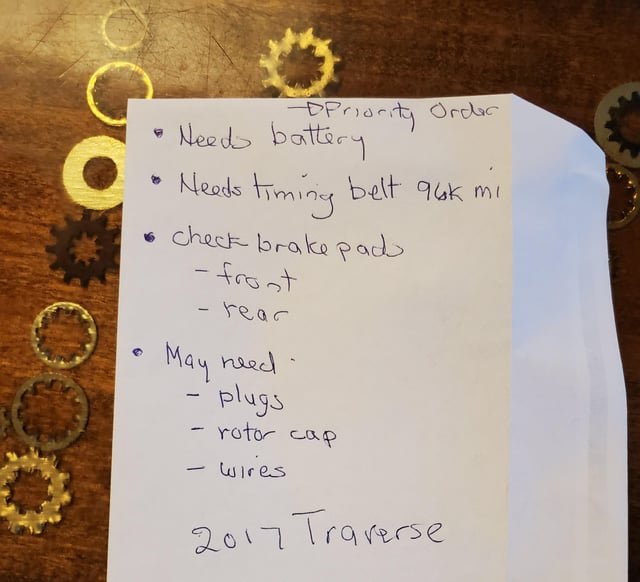New solution should enable more to charge at home – but critics say it’s not viable
A government grant of £25 million to support new cross-pavement EV charging schemes has been hailed as a major boost to the take-up of electric cars by enabling households without a driveway to charge an EV cheaply on the road.
The cash will be spent on installing covered gullies that can carry a charge cable across a pavement to an EV parked on the road. It is hoped the solution will tackle a problem faced by around nine million UK homes and in turn drive up the uptake of EVs.
However, critics are worried the solution still has significant challenges to overcome, especially around running costs and usability, before it becomes a fully viable solution.
Many councils are already using the cash to roll out pilot schemes. Oxfordshire County Council, for example, has made £700,000 available for 500 gullies and money towards home chargers.
“A third of Oxfordshire households don’t have off-street parking, so we believe this could give residents the confidence to switch to an EV,” said the council’s environment chief councillor, Judy Roberts. “Being able to access home electricity rates and park in your usual spot are the sorts of things that are likely to make EV ownership a reality for many people.”
Dorset’s Bournemouth, Christchurch and Poole Council has approved a similar scheme, with almost 30% of households in the district lacking off-street parking.
However, councillors noted the limitations of the gullies, which will require owners to be able to secure a parking space within reach of their charge cable.
Instead, “households will have to negotiate with their neighbours over use of the parking space”, said councillor Andy Hadley.
Gully suppliers such as Kerbo Charge say that most cables can reach an adjoining space.
There are also financial issues. For example, despite the government’s support, households must still contribute to the cost of applying for, installing and maintaining the gully. In the case of Oxfordshire’s scheme, residents must pay £300 for a two-year licence.
After that, households need to pay an annual fee of £100 to cover ‘operating costs’. The householder is also responsible for the pavement’s reinstatement should they move or no longer require the gully.
These costs are unavoidable: Oxfordshire County Council and others say that, for safety reasons, people can’t install a gully themselves or have it privately arranged.
Defending the costs, a council spokesperson said it is roughly equal to what, in 12 months, a household would save charging at home compared with using a public charger.






